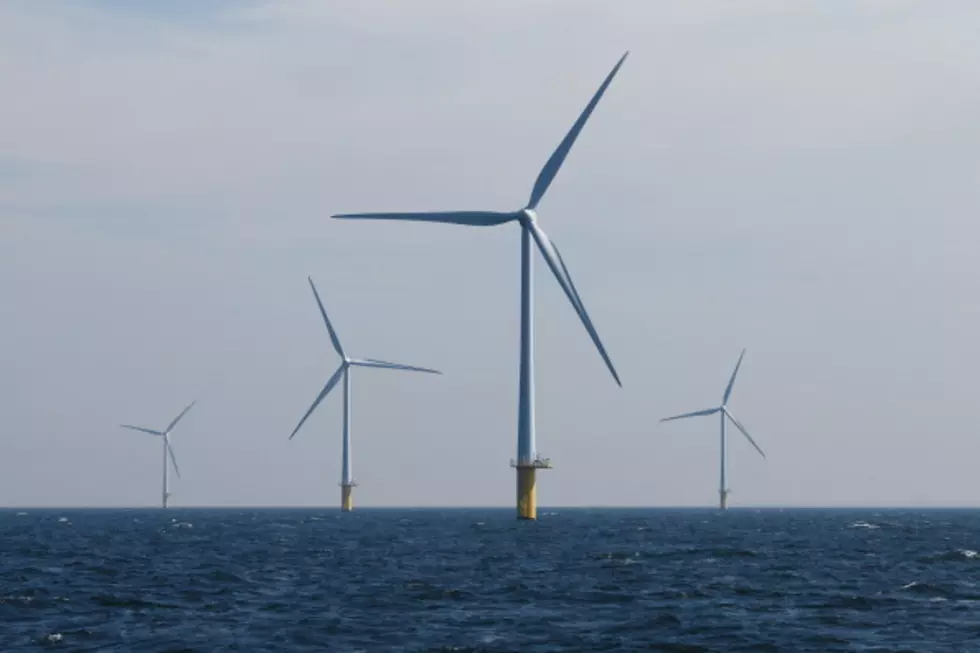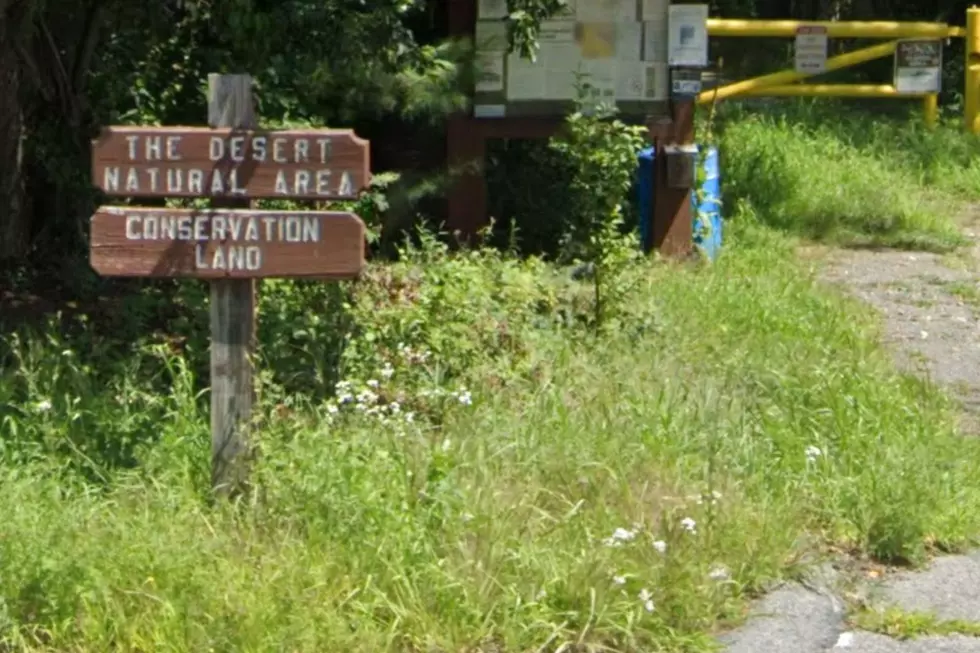
Feds Give Final Approval to Vineyard Wind
Citing an "incredible milestone" for Vineyard Wind, which became the first approved commercial-scale offshore wind project in the country on Tuesday, U.S. Commerce Secretary Gina Raimondo signaled a veritable open season for similar projects that could eventually enable President Joe Biden to reach his climate goals.
"This project has been a long time in coming and it's really exciting that it's a reality," Raimondo said on a press call to announce approval of Vineyard Wind's construction and operations plan.
The 800 megawatt project's approval allows up to 84 turbines with minimum spacing of one nautical mile between the turbines. However, the project features the world's most powerful wind turbine, the GE Haliade-X, according to Vineyard Wind, which has enabled designers to reduce the total number of turbines to 62.

With their record of decision in hand, Vineyard Wind officials say they will have the project's financing in place by the second half of 2021 and begin delivering clean energy to Massachusetts in 2023. The project is 50 percent owned by Copenhagen Infrastructure Partners and 50 percent by Avangrid Renewables.
"Today's Record of Decision is not about the start of a single project, but the launch of a new industry," said Vineyard Wind CEO Lars Pedersen. "Receiving this final federal approval means the jobs, economic benefits and clean energy revolution that have been long talked about can finally come to fruition."
The project will be located about 15 miles off the coasts of Martha's Vineyard and Nantucket, in federal lease areas where other developers are also preparing their own wind energy projects.
"This approval shows Massachusetts developed a successful model for promoting offshore wind energy," Gov. Charlie Baker tweeted after the announcement. "We appreciate the federal government's partnership and look forward to working with Vineyard Wind to create thousands of jobs and set MA on a path to achieve Net Zero emissions."
During the press call, officials stressed that they believe the policy goals of addressing climate change and transitioning to clean energy are compatible with the creation of good, high-paying jobs. They emphasized union jobs and said Vineyard Wind would be built under a project labor agreement.
"We can address our climate crisis and build a sustainable economy at the same time," said Interior Secretary Deb Haaland.
Apparently mindful of the tug-of-war over energy industry jobs, the administration pitched offshore wind as an industry that could be fed by "steel mills in West Virginia, support ship building in Texas, and wind turbine manufacturing in both inland areas and on the coasts."
The decision drew a swift rebuke from the fishing industry. A coalition of fishing industry groups called the Responsible Offshore Development Alliance said it "condemns in the strongest possible terms" the record of decision from the federal Bureau of Ocean Energy Management (BOEM).
"BOEM continues to abdicate its responsibility to the public and leave all decision making to large, multinational corporations, including this Decision which includes effectively no mitigation measures to offset impacts to critical ocean ecosystems and commercial fisheries," the alliance said.
Vineyard Wind said the turbine layout "was endorsed by the United States Coast Guard for transit, fishing and navigational safety."
Officials estimated the Vineyard Wind project will create 3,600 jobs, and Raimondo's remarks suggest more offshore wind projects are likely to advance, which will in turn create more company in offshore waters for commercial fishing.
Noting the project's commercial scale, Raimondo said "it's projects like this that will allow us to achieve the president's ambitious climate goals."
While wind projects idled under the former Trump administration, the Biden-Harris administration has set a target of 30 gigawatts of installed offshore wind energy by 2030, and officials said reaching that goal will create nearly 80,000 jobs.
"Today's positive Record of Decision is great news, not just for Vineyard Wind, but also for our industry," said Michael Brown, CEO of Mayflower Wind, which hopes to follow Vineyard Wind with its own project in a nearby federal lease area. "This is a big step towards offshore wind energy playing a key role in the vital process of executing on the climate protection and clean energy strategies of Massachusetts and the nation."
A joint venture of Shell and EDPR Offshore North America, Mayflower Wind was picked last year unanimously by utility executives in Massachusetts to build and operate a wind farm south of Martha's Vineyard and Nantucket. The 804-megawatt project is expected to be operational by December 2025.
Haaland, who oversees the Bureau of Ocean Energy Management, said demand for offshore wind has "never been greater," with the sector representing a "promising path" to a more diversified mix of energy sources.
BOEM Director Amanda Lefton said the decision features monitoring and reporting measures "to help avoid, minimize or mitigate environmental effects of results from the construction and operation of the proposed project."
"This project represents the power of a government-wide approach to offshore wind permitting, and the lessons we've learned from analyzing the bigger wind projects will be applied to future projects to ensure that efficient and transparent process for industry and stakeholders alike," Lefton said.
Both Vineyard Wind and Mayflower Wind plan to use New Bedford as a staging base for their projects. The city has a marine commerce terminal that features a 29-acre heavy-lift facility and it's the first port in North America specifically built to support the staging and installation of offshore wind components.
"What a difference six months makes," said U.S. Rep. William Keating. "We have worked so hard to get to this point and I applaud Vineyard Wind for maintaining their commitment to the region in the face of challenge after challenge from the prior Administration. Today's announcement cements that Southeastern Massachusetts, with the Port of New Bedford, is the undisputed national leader in the offshore wind industry. This decision means we will have good, clean energy jobs coming to our shores and a new generation of economic growth that reduces our carbon footprint."
On Friday, the Baker administration launched its third offshore wind solicitation process, issuing a request for proposals seeking up to 1,600 megawatts of power. A law signed by Gov. Baker in March authorized another 2,400 megawatts of offshore wind.
Tuesday's decision came more than 11 years after former Interior Secretary Ken Salazar approved the 130-turbine wind farm known as Cape Wind. That project was never built, largely due to opposition to its location within Nantucket Sound.
— Michael P. Norton, State House News Service
The 15 Coolest Lighthouses Along the SouthCoast and Cape Cod
Old Superstitions That Sailors Believed at Sea
More From WBSM-AM/AM 1420









